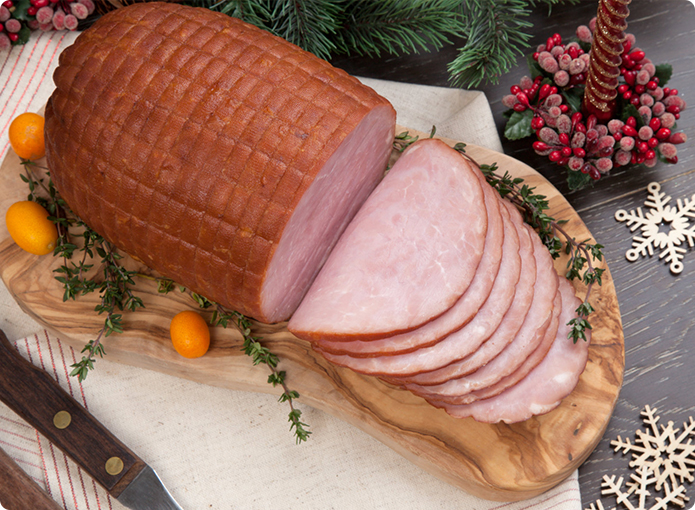Edible gelatin is currently widely used as a food additive in the world, especially in countries with relatively developed food industries, where almost all foods are used with edible gelatin. The application of edible gum in meat processing can improve the physical properties of meat products, increase the adhesion and water retention of meat products, give meat products a good taste, and also improve the product yield. The role of edible gelatin in meat products is mainly reflected in the following points:

1. Gel water retention of edible gelatin
Water retention is an important characteristic of most meat products. Meat products with poor water retention have rough taste, poor slicing ability, and low yield. Adding substances that have a strong affinity for water can increase the water holding capacity of meat. Generally, ingredients added to meat products include starch, soy protein, and the water absorption ratio of starch is 1:2; The water absorption ratio of soybean protein is 1:4; The water absorption ratio of edible gelatin can reach tens of times. This is because the molecular structure of edible gelatin contains strong ionic groups that can form additional hydrogen bonds with free water. At the same time, edible gelatin can react with protein to form a powerful three-dimensional spatial structure - gel. In this way, edible gelatin can firmly "lock in" the free water, and during processing such as heating, sterilization, and shearing, there will be no significant loss of water.
2. Protective effect of edible gelatin on protein
The proteins in meat products are divided into water-soluble proteins, salt soluble proteins, and hard proteins, which give meat a pleasant taste. However, after long-term processing and heat treatment, many proteins undergo denaturation and decomposition. If the water retention of meat is poor, it will lead to the loss of protein substances, greatly affecting the flavor, and causing poor texture of meat products such as flour texture, dehydration, and shrinkage. Edible gelatin can react with the polar part of protein (amino acid.
3. Enhancing the stability of dispersion systems
When emulsified and stable food gums are added to gravy, the viscosity of the system increases, and the dispersed phases in the system are not easy to aggregate and agglomerate, thereby stabilizing the dispersion system. The action of food gums in gravy is usually not accomplished according to the hydrophilic lipophilic equilibrium mechanism of ordinary emulsifiers. Most of them are accomplished by thickening and increasing the viscosity of the aqueous phase to prevent or weaken the migration and polymerization tendency of dispersed oil particles. Some food gums, such as arabic gum and gelatin, can also achieve the function of stable emulsification by protecting and covering the colloid. That is, after the colloidal particles are absorbed by the system, they form a covering film layer around the dispersed small particles or particles, and evenly distribute the surface of electric charges to the coated particles to repel each other, forming a stable dispersed system. There are also hydrophilic colloids that can act as surfactants and reduce the surface tension of the system to achieve emulsification stability.
4. As a coating agent for meat products
Food glue can be used as a coating agent to cover the surface of meat, usually consumed together with acids, preservatives, etc. It can form a protective film on the surface of food, protecting meat from the effects of oxygen and microorganisms, and plays a role in maintaining quality, freshness, aroma, or gloss. For example, a mixed preservative consisting of edible gum, lactic acid, or citric acid, potassium sorbate, etc. can be coated on the surface of small packaged chilled meat, and a protective film can be formed after cooling, which can prevent moisture evaporation, prevent microbial invasion, and extend the shelf life of chilled meat; Edible glue can also be used to produce edible films, such as sausage casings.